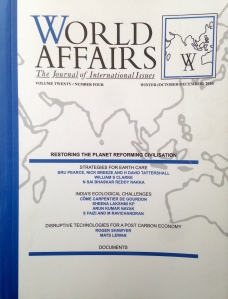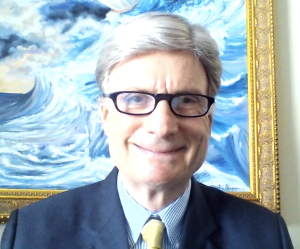 In the settlement between Rossi and his US licensee IH, Rossi got the license back together with all E-Cat equipment and materials, while none of the parties will have to pay damages to the other. Getting the license back was his top priority all the time, Rossi explains in this interview.
In the settlement between Rossi and his US licensee IH, Rossi got the license back together with all E-Cat equipment and materials, while none of the parties will have to pay damages to the other. Getting the license back was his top priority all the time, Rossi explains in this interview.
[Here’s the document defining the terms of the settlement (un-disclosed source)].
“To us, the most important thing was to regain complete ownership of the IP and of all the rights that were conceded through the license. At this point, it had become very clear that a continued collaboration had become impossible because of the choices IH made and because of other reasons. The development, the finalization, and the distribution of the technology—any agreement regarding this would have been impossible,” Rossi told me during an interview via Skype on July 15.
The settlement was drafted on July 5, 2017, on the fourth day of the trial regarding a lawsuit that Rossi filed in Florida, mainly against his US based licensee Industrial Heat, IH, early in April 2016, for not having paid the final amount of USD 89M according to the license agreement, after one year of operation of a 1MW heat plant based on Rossi’s E-Cat technology, apparently successful according to a supposedly independent report made by nuclear engineer Fabio Penon.
The defense, on the other hand, accused Rossi of having produced false results in conspiracy with Penon and others. Eventually, however, none of these accusations could be confirmed by proof, which I will comment on below.
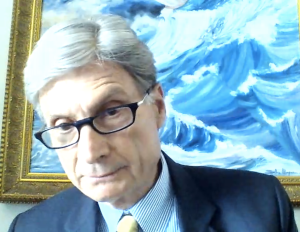 “There were two clauses in the license agreement that were extremely dangerous to us—the right of first choice [if you plan to make any agreement outside of the licensee’s territory, you first have to offer the licensee the possibility to make an agreement for that new territory] and the rights also to all subsequent inventions. These clauses would have made any further development very complex.
“There were two clauses in the license agreement that were extremely dangerous to us—the right of first choice [if you plan to make any agreement outside of the licensee’s territory, you first have to offer the licensee the possibility to make an agreement for that new territory] and the rights also to all subsequent inventions. These clauses would have made any further development very complex.
“The perspective for the continued trial was that we could win or we could lose. You always have to examine these possibilities and investigate the consequences. A victory for us risked becoming a pyrrhic victory. Even though we were convinced of having a very strong case, eventually the jury would decide. And the problem was that in the case of a victory, the jury would probably say that it would be fair for Leonardo Corporation [Rossi’s company] to receive the claimed funds, but it would also be fair for IH to keep the license. For us to also get the license back was beyond the horizon.
“So my lawyers asked me before the trial which my priorities were if the trial would lead to any transactions—those indispensable and those negotiable. My answer was that the indispensable condition was to get the license back because I didn’t want to collaborate with IH anymore. As for the financial aspects, I told them which my expectations were, from a lower level to a higher one.”
Were you aware of the danger of the two clauses in the license agreement when you signed it?
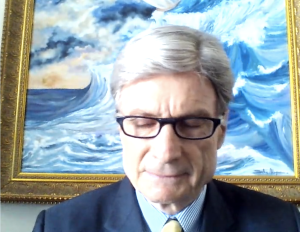 “Yes, I had understood the risk but I was convinced that I was collaborating with a partner that I would never separate from. Let’s say that I got married without taking into account the difficulties if there would be a divorce.”
“Yes, I had understood the risk but I was convinced that I was collaborating with a partner that I would never separate from. Let’s say that I got married without taking into account the difficulties if there would be a divorce.”
What would have happened with your new reactor version, the E-Cat QX (formerly known as Quark X), if you hadn’t got the license back?
“It would have been very complicated because it’s an E-Cat—the theory base is the same and the patent protection is basically the same, even though revolutionary inventions have been added, but the license agreement expressed very clearly that all inventions, also subsequent and future ones, would become IH’s property. Together with the clause of first choice it would have become very complex. So it was absolutely necessary to eliminate the license.“
According to the settlement, the defendants shall return or destroy all documentation, return all reactor vessels including the 1MW E-Cat plant, also promising not to disclose the E-Cat fuel formula to anyone. How will you be able to control this?
“With the information that I have provided you can make a replication, and if we see other companies producing something analogous, even partly analogous, this means that our technology has been transferred. And we will protect our IP.”
Talking about replication. In his deposition, Tom Darden [President of IH and of Cherokee Investment Partners] claimed that with the information you provided, they ‘were never able to build devices that successfully produced energy.’ What is your comment to that?
 “During the discovery phase, emails from Darden were provided and made public, where Darden himself confirmed to have replicated our process successfully. We also have testimonials from persons who have assisted at such replications. Woodford [Investment Management] assisted at one of those replications, after which it invested USD 50M in Industrial Heat, even before the [one-year 1MW] test started in Doral [Miami], at a time when IH obviously had nothing but our IP in its portfolio.”
“During the discovery phase, emails from Darden were provided and made public, where Darden himself confirmed to have replicated our process successfully. We also have testimonials from persons who have assisted at such replications. Woodford [Investment Management] assisted at one of those replications, after which it invested USD 50M in Industrial Heat, even before the [one-year 1MW] test started in Doral [Miami], at a time when IH obviously had nothing but our IP in its portfolio.”
In his deposition, Darden also claimed that you had said that JM Products [the ‘customer’ that used the thermal power produced by the E-Cat plant in Doral—more comments on that below] was a subsidiary of Johnson Matthey, that Johnson Matthey would have operated the plant of JM Products, and that after e brief period of positive operation Johnson Matthey would have announced that they were the customer. What’s your comment?
“Mr. Darden hasn’t been able to prove what he said under oath. Basically, he has sworn on things of which he has no evidence. I have never said or written that Johnson Matthey was the owner of JM Products, while in contrast I always said and wrote that Johnson Matthey was the producer of materials that I had use for in my work with JM.”
Darden also reported an episode when they provided a reactor that you operated successfully, after which they revealed that the reactor was empty, suggesting that there were systematic errors in the measurement method, also describing your violent reaction when they told you this. Can you comment?
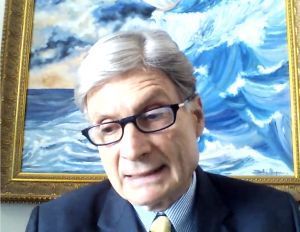 “Darden has said lots of things that he has never been able to prove. What he assures doesn’t exist. I always made experiments with reactors charged by me, or by me in collaboration with Darden. Never with reactors provided to me as a closed box, for obvious reasons.”
“Darden has said lots of things that he has never been able to prove. What he assures doesn’t exist. I always made experiments with reactors charged by me, or by me in collaboration with Darden. Never with reactors provided to me as a closed box, for obvious reasons.”
Let’s talk about JM, since how, why, and by whom the company was formed was one of the main topics to raise doubt about your motives with the one-year test. You already explained that you never said that Johnson Matthey was the owner. So who formed the company?
“I always said that the owner of JM was an [Italian] person who knew me since a very long time, and who was in contact with a British company and wanted to participate in the work with my technology. So I invented this proposal for him to be both a customer, buying the energy produced by the E-Cat plant, and collaborator, verifying the validity of my technology [both the E-Cat technology and the one used by JM Products]. This is what I always declared. And in my depositions, I also provided the name of the owner of JM. I also explained that the owner of JM didn’t achieve any agreement with the British society, and therefore went on by himself together with other partners.”
Rossi then explained that he had presented his attorney Henry Johnson, who would have the formal position as president for JM Products for administrative reasons, to Darden and JT Vaughn [vice president of IH], making clear that Johnson was his attorney.
“I would then have directed JM’s operations from a technology perspective. I also sent an email in June 2014, provided as evidence, in which I informed Mr. Darden that I was going to be the director of JM’s plant.”
So you invented the technology used by JM?
“Yes, I made all the technology, I invented their production plant, and I made the plant.”
Can you describe the technology?
 “We produced substances with a very high added value. To do this we had to achieve an extremely high pressure inside small reactors that were introduced in larger tubes. The concept was to provoke contractions in certain materials, using heat exchange with the hot steam [from the E-Cat plant] and a pressure of a few bars but concentrating the force from the pressure on a larger surface, a few cm2, on much, much smaller surfaces, increasing the pressure proportionally. And this process consumed heat.“
“We produced substances with a very high added value. To do this we had to achieve an extremely high pressure inside small reactors that were introduced in larger tubes. The concept was to provoke contractions in certain materials, using heat exchange with the hot steam [from the E-Cat plant] and a pressure of a few bars but concentrating the force from the pressure on a larger surface, a few cm2, on much, much smaller surfaces, increasing the pressure proportionally. And this process consumed heat.“
How much of the heat from the E-Cat did this process consume?
“On average it consumed between 20 and 40 percent of the heat produced by the E-Cat plant. I had to learn from the experiment how much heat was necessary, because there were not any precedent analogous experiments to get data from.“
So since it didn’t consume all of the heat from the E-Cat plant, you had to get rid of the excess heat in some way?
“Yes, I didn’t have any experience of the process in the JM plant, so obviously I over-dimensioned everything to be sure to achieve the intended physical transformations. I didn’t know how much the plant would have consumed, so therefore I introduced a heat exchanger after the plant that could dissipate the eventual excess thermal energy, condensing the steam to water that could be sent back to the E-Cat plant. I designed the heat exchanger so that it could dissipate all the heat from the E-Cat plant, in the case of malfunctioning of the JM plant, since I didn’t want to stop the E-Cat plant, because I needed to make the famous 350 days of operation within 400 days [according to the license agreement].“
So how much thermal power could the heat exchanger dissipate?
“One megawatt.“
And you didn’t have any photos of the heat exchanger?
 “No. I never take photos. I don’t need them. I never take pictures of my prototypes.”
“No. I never take photos. I don’t need them. I never take pictures of my prototypes.”
This was the famous heat exchanger in the mezzanine of the premises in Doral where the one-year test was run. The heat exchanger was questioned by the defense in the lawsuit since there were no photos or other proof of its existence. However, the plaintiffs’ expert witness Ph.D. Vincent Wong [Prof. of thermodynamics for engineers at the University of Florida] confirmed that Rossi’s description corresponded to a possible design for dissipating the necessary heat. Rossi explained that it consisted of tubes and two fans blowing horizontally inside an isolated wooden construction attached to the windows where the heat was vented out. A large tube for the steam and a smaller tube for the returning water went through the small door to the mezzanine at the lower left corner.
Rossi explained a couple of things with regard to the heat exchanger.
- A ‘circulator’ (positioned in connection to the heat exchanger) was used to stabilize the flow of steam and water through the whole system. Rossi wouldn’t comment on further data of the circulator since he said he was preparing a patent for this device.
- This circulator had nothing to do with a pump of the model ‘Grundfos’ that was brought up by the defense’s expert witness Rick Smith who suggested that the Grundfos pump was used to make hot water flow through the system and that no steam was produced. The real use for the Grundfos pump was instead to push the water through a by-pass with a filter about once a week to make it cleaner.
Rossi also addressed the claim made by IH that producing one megawatt of heat inside the building where the test was run would have made it so hot that you couldn’t have stayed there. First, he noted that the sun on a sunny day radiates about 1 kW per m2 and that the building, having a roof of about 1,000 m2 normally would have received about 1 MW of heat from the sun, without making it too hot in the building, even though the roof was barely insulated. Furthermore, it had large openings with exhausts for venting air out of the building. Then the JM plant consumed on average 20 to 40 percent of the produced heat, and the rest was vented out with the heat exchanger.
I then wanted to hear Rossi’s view on the discussion about the 24 smaller pumps feeding water into the E-Cat modules, which had become one of the defense’s major arguments against Rossi, and also one that attorney Christopher Pace raised at the beginning of the trial.
 “This is my favorite because now we’re going to have some fun. You need to see it from a ridiculous side because it’s so ridiculous that you can’t take it seriously.”
“This is my favorite because now we’re going to have some fun. You need to see it from a ridiculous side because it’s so ridiculous that you can’t take it seriously.”
The argument, which was brought up in the Expert Report by engineer Rick A. Smith, was based on an observation that on the name plate of the pump it said ’32 l/h.’ In his report, Smith concluded that this was the maximum capacity of the pump, and multiplying 32×24 you get 768 l/h which, if evaporated, only consumes 482 kW—less than half of a megawatt.
The issue is that just next to ’32 l/h’ it says ’02 bar’. The reason is that any pump’s capacity depends on the pressure it needs to overcome to pump the water, the same way as the flow of air you can blow out of your mouth depends on how open it is. Now, 2 bars correspond to the pressure under 20 meters of water, which is way beyond the pressure in the E-Cat plant, and the pumps’ capacity in the actual situation was therefore much larger because the pressure on the pumps was about 1/10 of bar.
“Here comes the comic aspect. At the trial, you cannot bring documents that you haven’t produced during the discovery phase so I would have needed to explain to the jury, which was not composed of experts on the matter, that the capacity of a pump is a function of the pressure. I would have had to explain that the flow rate of a pump is an integral, not a number, as any intelligent engineer knows. It would have been a little difficult, albeit possible.
“But during his deposition, Smith, after having insulted me and Penon [the independent controller], several times, saying that we were fraudsters and how can you say that with 32 l/h and 24 pumps you produce a megawatt, and so on, then he said something like ‘now I will show you the brochure of the pump, 120 pages of technical data,’ as if he wanted to show how much of an expert he was. Then you need to know that I have used these pumps for years and know the brochure by heart. I opened the brochure and looked at the page where I knew that the capacity was specified, and it said ‘minimum capacity at 2 bars pressure, 32 l/h.’ But in his report, Smith had written maximum capacity.
“When he said this I could have reacted, asking if he had read the brochure, open it and make him read. But we preferred to remain silent, letting them being convinced that it had passed as true, just like when you have an enemy and you let him run and get himself pierced by your bayonet. I showed it to my attorney who laughed under his mustache, and we would then have brought it out at the trial. We would have destroyed them. Because half of Smith’s report talks about this and the other half about things that are related. But the problem is—we would have won, but they would have kept the license. That’s why my lawyers told me ‘you need to tell us clearly which is your priority—getting the money or the license because listen, you won’t have both.’ And I said the license because the license has an enormous value not only in economic terms but also in technological, philosophical, and existential terms.”
But, what do you think—didn’t they ever realize that they were wrong?
I think… I’m extremely puzzled by the fact that two engineers, Murray and Smith, are so naive not to realize making errors of this kind. I cannot make conclusions because I cannot start imagining things. I can only say that they probably all thought we were fools. I think that their problem, from the beginning to the end of this affair, was just that—they underestimated the person they had in front of them enormously. I believe that they thought they could write such things without my noticing it. It’s impossible that two good engineers with excellent careers, like Murray and Smith, really can have thought that something like that was true, because if a student at the first year of engineering school takes the exam in thermodynamics and tells his professor that a pump, of which the specifications says that its minimum capacity at 2 bars is 32 l/h, has a maximum capacity of 32 l/h, he would have been sent home immediately.”
By the way, since you know these pumps, what capacity do they have at the actual pressure in the plant—about 0.2 bars?
“About 75 l/h.”
Going back in time—when did you first understand that things were not going well between you and IH?
“When I discovered that IH was making agreements with our competitors. At that point, I understood that they were trying to fill up their portfolio of intellectual property in view of litigation with us pending the huge payment they were going to have to pay. It was instinct—I had no proof, but eventually, the facts confirmed this instinctive doubt.”
And later, on January 8, 2016, there was a meeting in Miami between you, Darden and the lawyers. What can you say about that meeting?
“Nothing, because it was a meeting between lawyers and covered by NDA.”
Now, there’s much more to comment, but leaving all this behind, what are your plans now?
 “First there will be a very important presentation in Sweden and in the US. We can move much faster now, being free from a series of situations. My program is to start industrialization of a series of products, mainly the latest version of the E-Cat QX, in the US and in Sweden.”
“First there will be a very important presentation in Sweden and in the US. We can move much faster now, being free from a series of situations. My program is to start industrialization of a series of products, mainly the latest version of the E-Cat QX, in the US and in Sweden.”
Of the E-Cat QX?
“Yes, because the E-Cat QX is the latest version of the E-Cat, built on all my experience, also on the enormous knowledge collected at the one-year test, which was not only a test to meet the terms of an agreement, but that brought lots of information. The E-Cat QX was born there, at the side of the container, on a small table, from observations that I couldn’t have done before. I found a mine of information.”
Finally—what happened to your hair?
“I have undergone surgery for a skin tumor on the head and I cannot be exposed to sunlight. A normal wig is not shielding enough so this is a wig made of a material which has a very high capacity to reflect sunlight. I always need to keep this wig—a hat is not enough. But my health is perfectly good now.”
§
When Rossi filed the lawsuit against IH I had to take a step back and look at all possible explanations. I was and have been open to the possibility that Rossi was involved in fraud and conspiracy. But during the discovery phase of the litigation, it became obvious that the defense couldn’t produce any convincing evidence for this hypothesis. All technical arguments that were put forward were hollow and easily torn apart by people with engineering training. Yet, these arguments were continuously repeated by a number of people, possibly related to IH, at various forums. Since there was no way to discuss them in a serious way I early decided to stay away from such discussions, also closing the comment feature on this blog, yet I admire a few individuals, mostly anonymous, who continued to fight for what they considered to be the truth in those discussions.
I am confident that if Rossi were really involved in fraud, evidence for that would have been found during the time—a year and a half—since IH claimed to have started to be suspicious about Rossi. Looking back and noting that no such evidence was found, while hollow arguments have been shouted out loud, I have very little doubt that the E-Cat technology is real and that the one-year test was a clear success of a world changing technology, producing 1 MW of heat without emissions, from small amounts of harmless fuel at a COP of about 80 for a whole year!
Noting this I have also started investigating the timing for relaunching the energy conference I proposed in 2016—the New Energy World Symposium, addressing the consequences of LENR based technologies for industry, society, and finance.
Now the fun can start!
§
Documents:
The document defining the terms of the settlement
Rossi’s notes addressing the Expert Report by Rick Smith.
Rossi’s notes regarding arguments raised by Joseph A. Murray.
§
Note: All comments to this post will need to be confirmed by me.
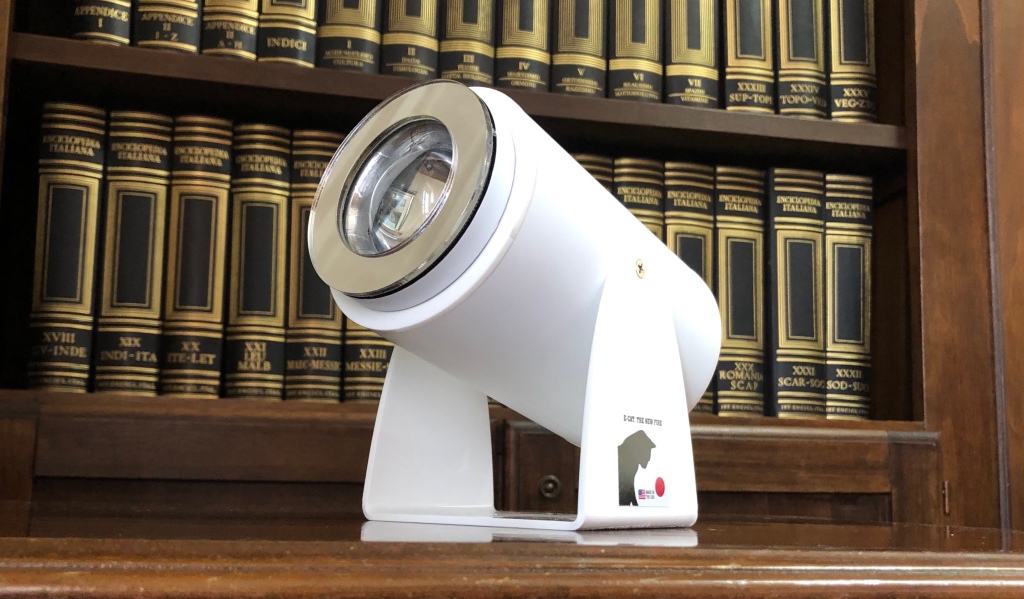




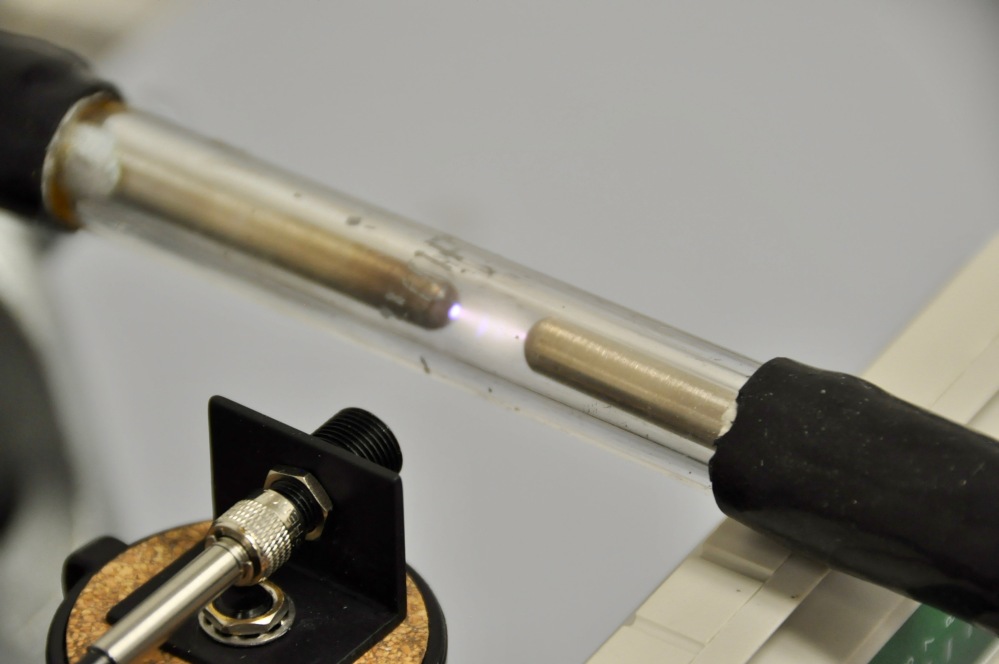
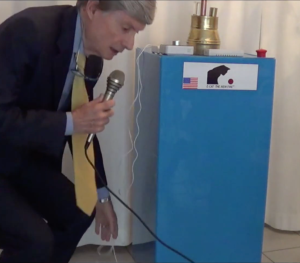
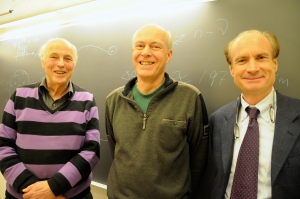

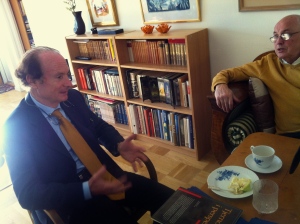


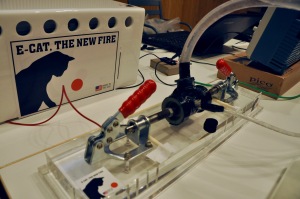
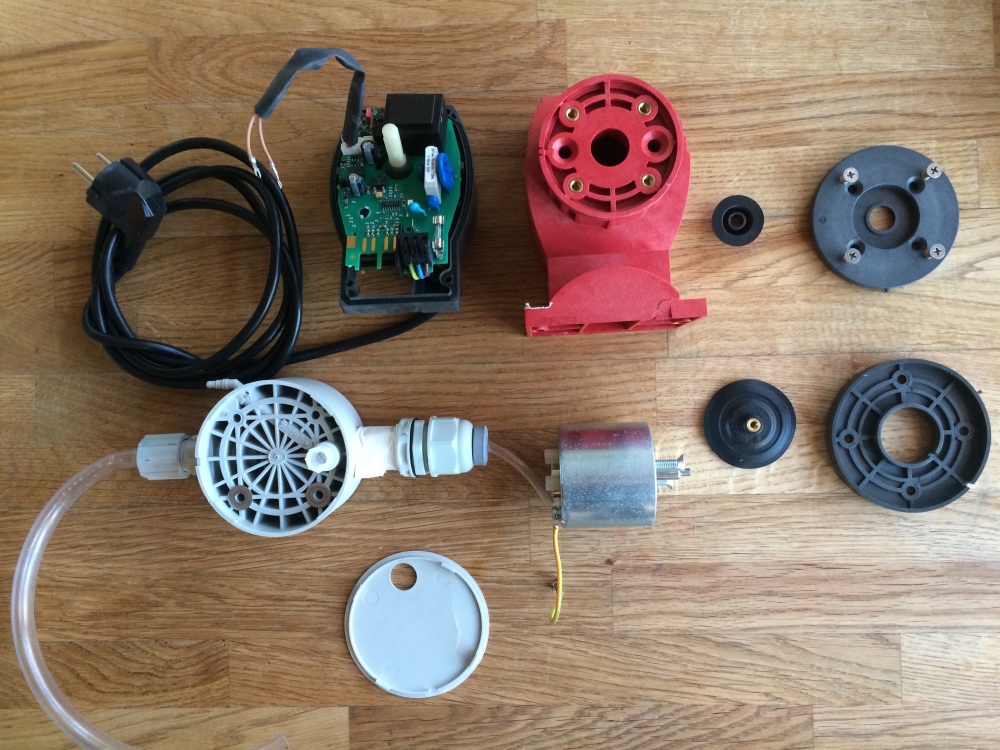

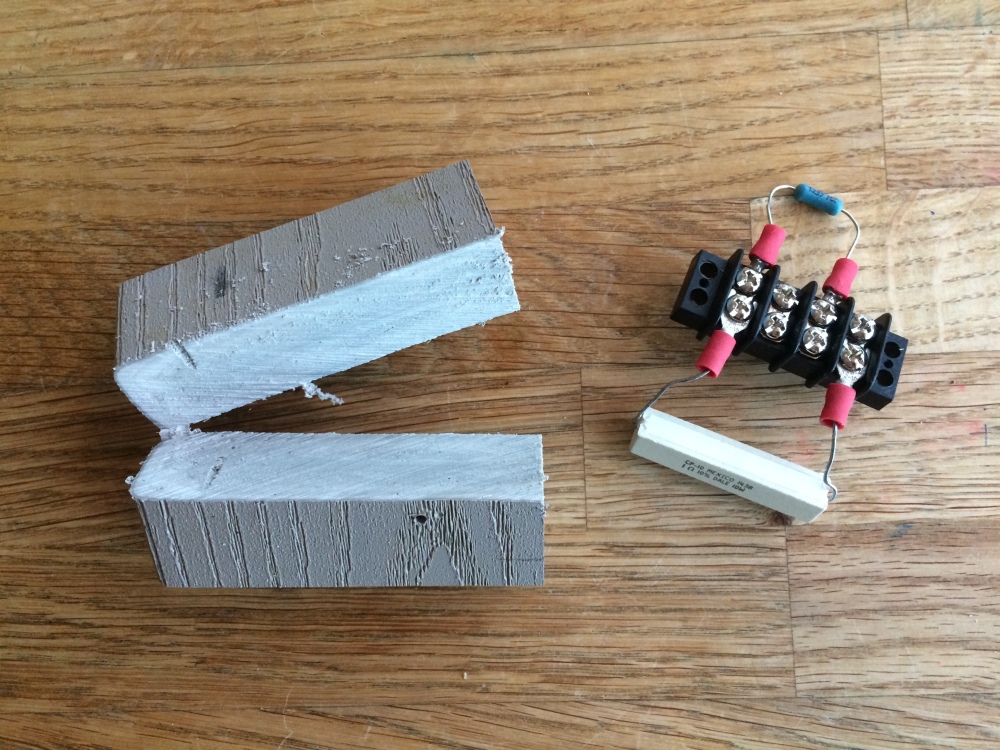
 In the settlement between Rossi and his US licensee IH, Rossi got the license back together with all E-Cat equipment and materials, while none of the parties will have to pay damages to the other. Getting the license back was his top priority all the time, Rossi explains in this interview.
In the settlement between Rossi and his US licensee IH, Rossi got the license back together with all E-Cat equipment and materials, while none of the parties will have to pay damages to the other. Getting the license back was his top priority all the time, Rossi explains in this interview. “There were two clauses in the license agreement that were extremely dangerous to us—the right of first choice [if you plan to make any agreement outside of the licensee’s territory, you first have to offer the licensee the possibility to make an agreement for that new territory] and the rights also to all subsequent inventions. These clauses would have made any further development very complex.
“There were two clauses in the license agreement that were extremely dangerous to us—the right of first choice [if you plan to make any agreement outside of the licensee’s territory, you first have to offer the licensee the possibility to make an agreement for that new territory] and the rights also to all subsequent inventions. These clauses would have made any further development very complex. “Yes, I had understood the risk but I was convinced that I was collaborating with a partner that I would never separate from. Let’s say that I got married without taking into account the difficulties if there would be a divorce.”
“Yes, I had understood the risk but I was convinced that I was collaborating with a partner that I would never separate from. Let’s say that I got married without taking into account the difficulties if there would be a divorce.” “During the discovery phase, emails from Darden were provided and made public, where Darden himself confirmed to have replicated our process successfully. We also have testimonials from persons who have assisted at such replications. Woodford [Investment Management] assisted at one of those replications, after which it invested USD 50M in Industrial Heat, even before the [one-year 1MW] test started in Doral [Miami], at a time when IH obviously had nothing but our IP in its portfolio.”
“During the discovery phase, emails from Darden were provided and made public, where Darden himself confirmed to have replicated our process successfully. We also have testimonials from persons who have assisted at such replications. Woodford [Investment Management] assisted at one of those replications, after which it invested USD 50M in Industrial Heat, even before the [one-year 1MW] test started in Doral [Miami], at a time when IH obviously had nothing but our IP in its portfolio.” “Darden has said lots of things that he has never been able to prove. What he assures doesn’t exist. I always made experiments with reactors charged by me, or by me in collaboration with Darden. Never with reactors provided to me as a closed box, for obvious reasons.”
“Darden has said lots of things that he has never been able to prove. What he assures doesn’t exist. I always made experiments with reactors charged by me, or by me in collaboration with Darden. Never with reactors provided to me as a closed box, for obvious reasons.” “We produced substances with a very high added value. To do this we had to achieve an extremely high pressure inside small reactors that were introduced in larger tubes. The concept was to provoke contractions in certain materials, using heat exchange with the hot steam [from the E-Cat plant] and a pressure of a few bars but concentrating the force from the pressure on a larger surface, a few cm2, on much, much smaller surfaces, increasing the pressure proportionally. And this process consumed heat.“
“We produced substances with a very high added value. To do this we had to achieve an extremely high pressure inside small reactors that were introduced in larger tubes. The concept was to provoke contractions in certain materials, using heat exchange with the hot steam [from the E-Cat plant] and a pressure of a few bars but concentrating the force from the pressure on a larger surface, a few cm2, on much, much smaller surfaces, increasing the pressure proportionally. And this process consumed heat.“